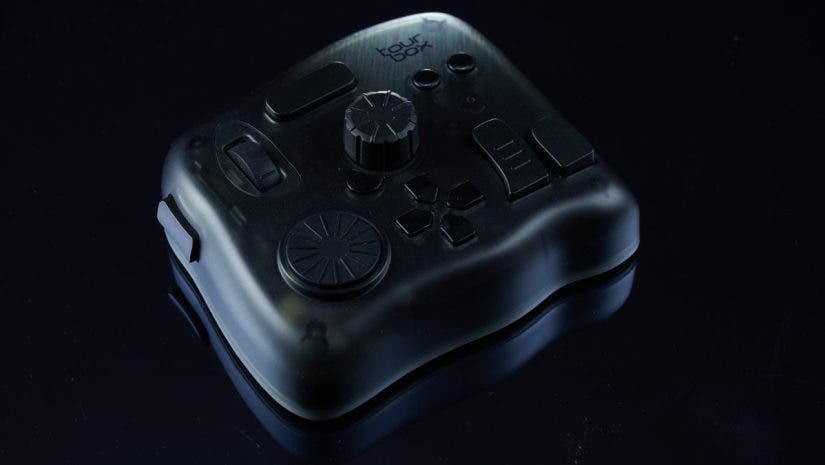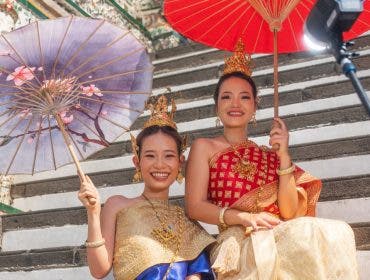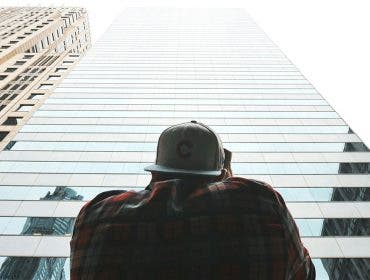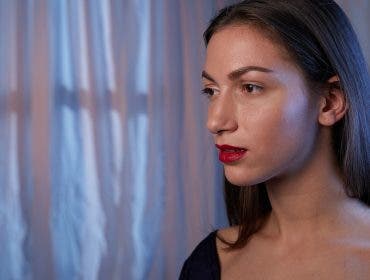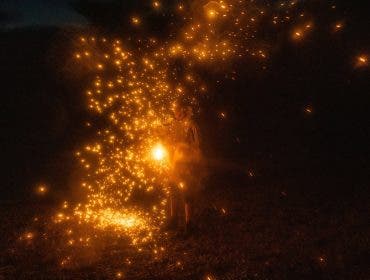We often see the terms “table-top,” “Still-life,” and “Product” photography used interchangeably. While they share some similarities regarding technique and even gear, this article will focus on ecommerce product photography. The most obvious thing that separates these types of photography is that product photography is a commercial endeavor. That is, we are showing a product to be sold. Where product photography meets the other two is that this item, whether it be a statue, a pair of glasses, or a t-shirt, is not on a figure or being used by a person. If it were, this would be fashion or lifestyle photography.
The Importance of Light
Because we want to sell the product being photographed, we want to show it in its best light, pun intended. Lighting allows us to have good, consistent exposure. It also allows us to evoke emotion from the viewers. These emotions can and should lead to more sales.
Controlled lighting also allows us to ensure that the color of our product is accurate. This is important in ecommerce product photography, where the potential buyer will not see the product in person until it is shipped and delivered to their door. Lighting will also allow us to show details such as texture and reflectiveness. If we are selling second-hand products, we can use lighting to show any wear and tear the product might have so our customers know exactly what they are purchasing.
Composition for Ecommerce Product Photography
When creating images for ecommerce product photography, we can level up our game by considering the rules of composition and using these rules to craft a scene. The scene might be as simple as your product on an appropriate surface. In this image of the TourBox, I chose to use a reflective black background to showcase the hi-tech nature of this device.
Your scene might be more involved, such as this image of a plate. By adding the apple, we are shown the product’s function but also reminded of the crisp taste of the golden fruit, making the shot more appealing.
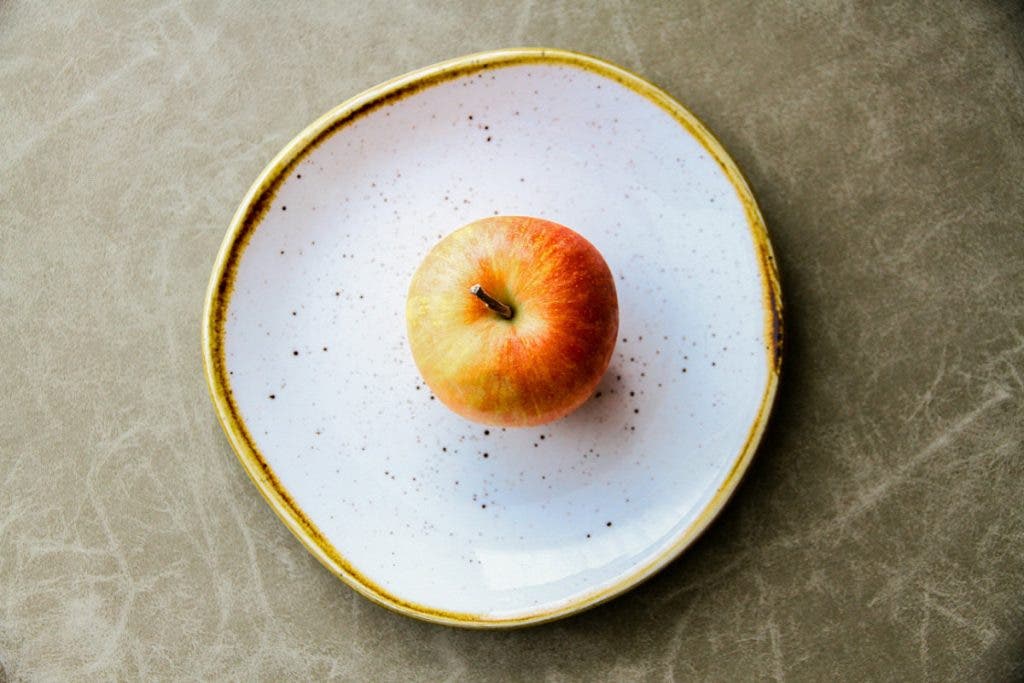
Lenses for Ecommerce Product Photography
Lens choice can play a significant role in ecommerce product photography. A macro lens might show intricate detail, and a fast lens might be used to create a shallow depth of field. One of my favorite all-around lenses, which I use for much of my product shooting, is the Nikon NIKKOR Z 24-120mm f/4 S Lens. This lens combines an excellent zoom range with a decent close-focus ability. This lens is tremendously sharp, and if you think an F/4 lens isn’t fast enough for a shallow depth of field, see the image of the turtle figurine below.
Lighting for Ecommerce Product Photography
The best composition and the perfect lens will only get you so far; photography is, after all, about lighting. There are many options when photographing products for ecommerce. I will break down three images here to give you an idea.
TourBox
I Created the Image of the TourBox below using two Profoto B10X Flashes, the first in a Chimera Super Pro Plus Shallow X-Small Silver Interior 16×22. To give the product shape, I set up a fill light fitted in a Chimera PRO II Small Lightbank. This gives us an even light across the TourBox. To bring out the details in the logo, I used a Dedolight Turbo Series DLED7.
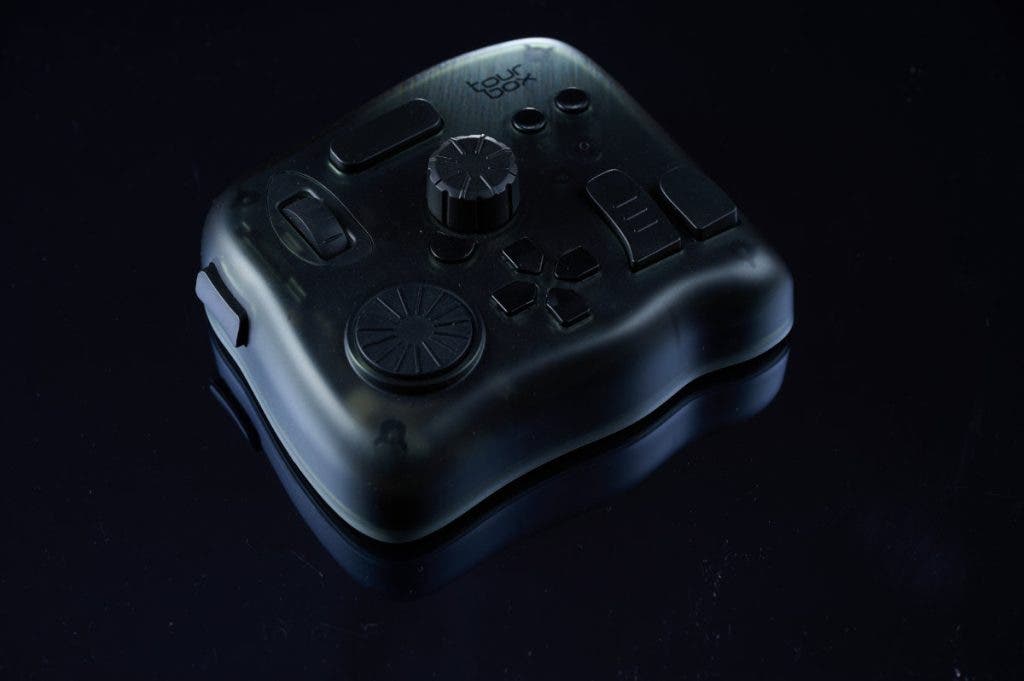

Stream Deck
The lighting used for the Elgato Stream Deck was a classic set-up for table-top shooters who create ecommerce product photography. I aimed a single Profoto B10X through a Chimera 1/2 Grid Cloth Fabric. The Fabric is hung from a Chimera 48×48” Frame held by a Matthews C Stand. This technique creates a soft light ideal for lighting a large product or, in this case, a scene.
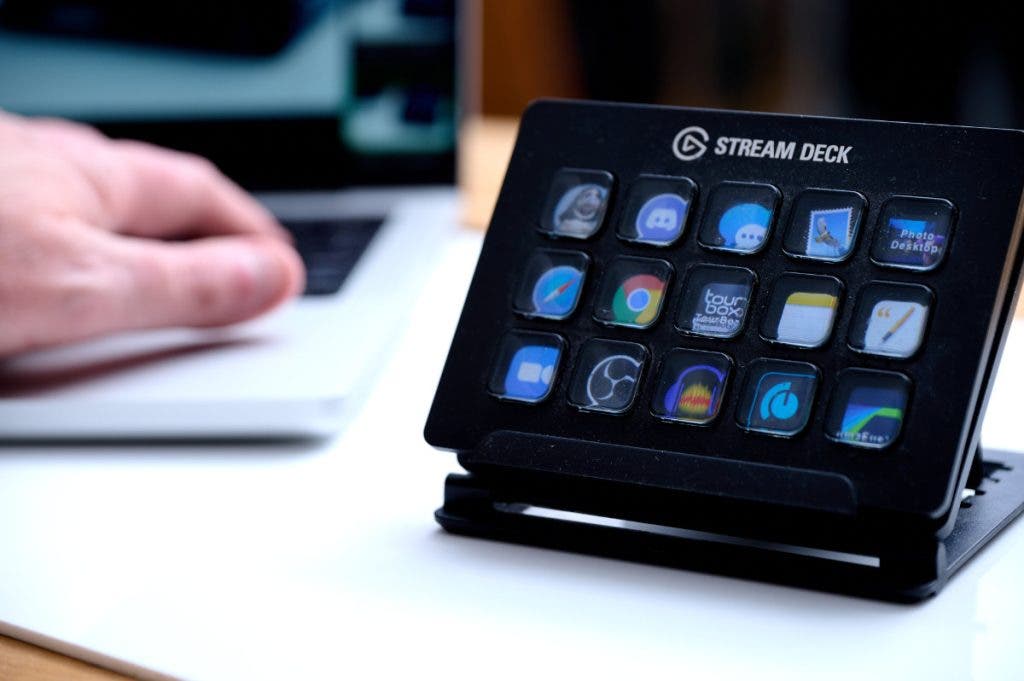
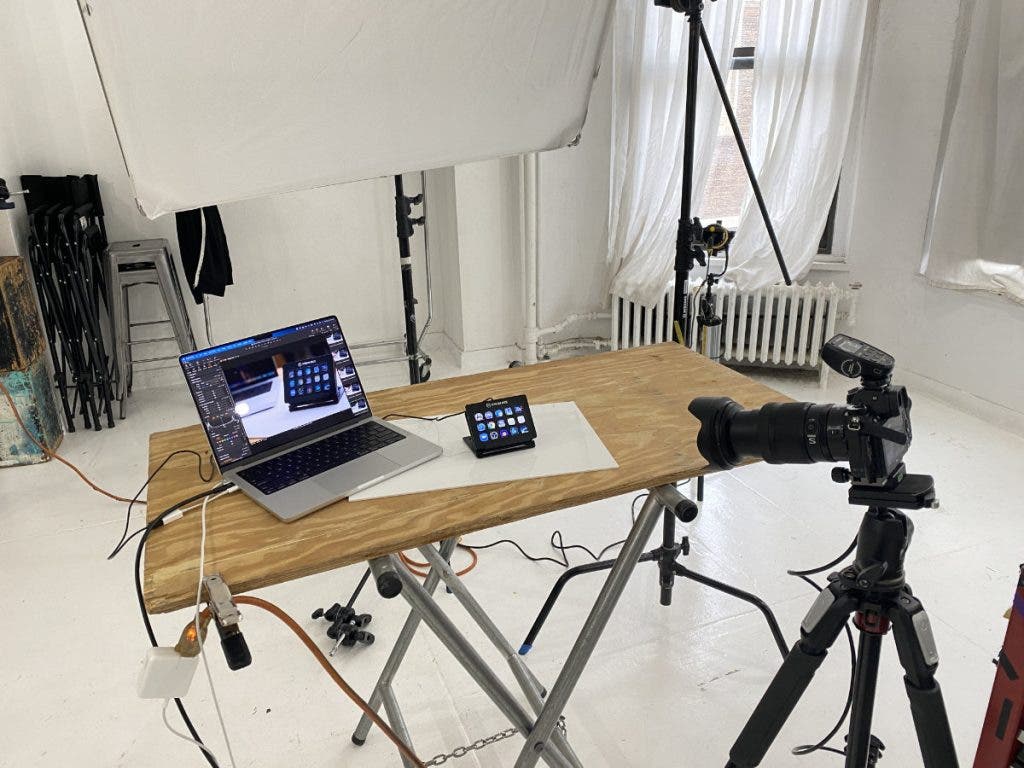
Figurine
When faced with this product, I realized I wanted a punchy light to make the colors pop and show the figurine’s reflectiveness. A direct, hard light would have created too harsh a shadow. A big soft light would have desaturated the colors and minimized the glowing reflectiveness. I opted to use a fantastic lighting tool that, while somewhat specialized, has become one of my favorite ways to light ecommerce products and even portraits. Here, I used reflected light with the Godox KNOWLED LiteFlow system. I bounced the Dedolight Turbo Series DLED7 off one Liteflow and shaped the same light with 2 more LiteFlow Panels.
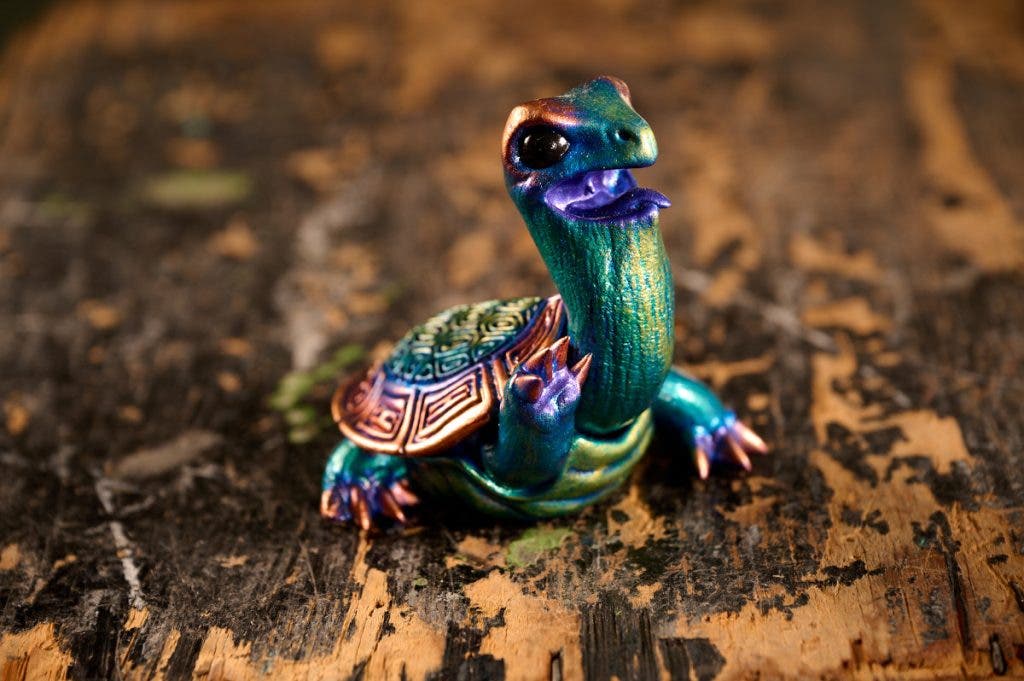
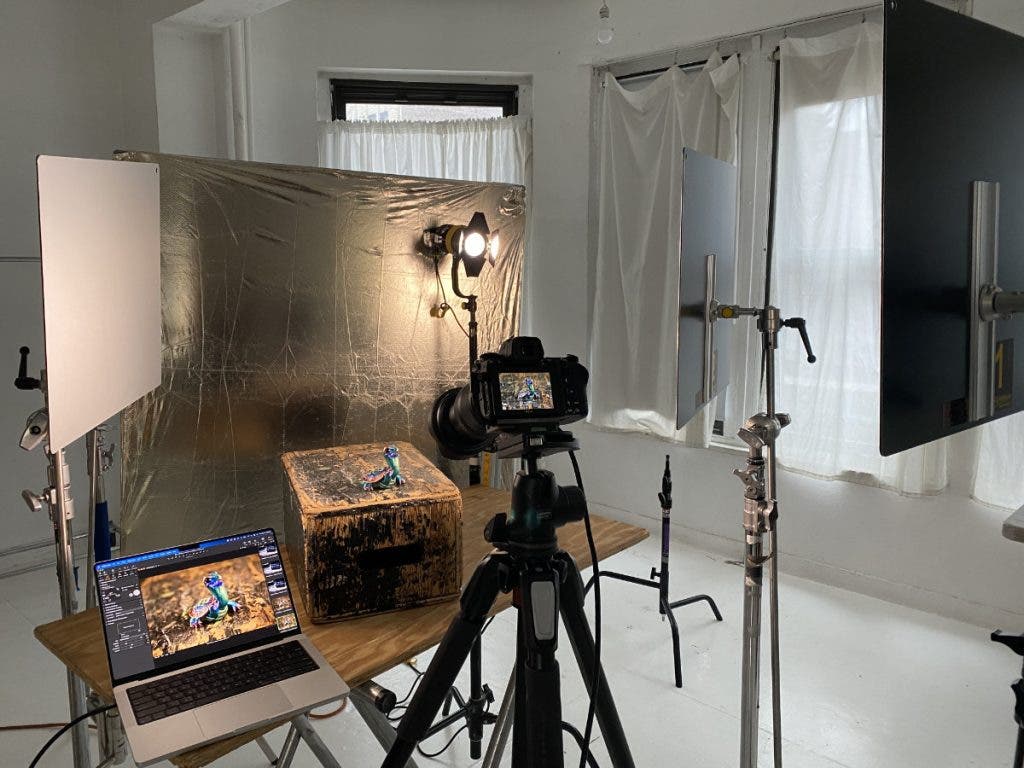
Backgrounds for Ecommerce Product Photography
In each example shown here, a background was chosen to help tell the story of the product we photographed. With ecommerce, it is crucial to understand that the viewer must either be able to see themselves using the product, like the Steam Deck shot, or have an emotional response to the idea of the product, as in the TourBox Shot. For the figurine and the plate, the viewer will recognize the scene and imagine that product in their space. Unless the project calls for a white background to match a website, consider a background or background material that will enhance the story of your product.
Color and Style
In most cases, we want to produce accurate colors of the products we photograph for ecommerce. Still, we can creatively use color. Depending on the emotion you want to elicit, you can go with monochromatic and straightforward. This often brings about a feeling of modernity or sophistication. If you want your viewer to feel comfortable and at home instead, using a mixture of warm and soft colors can bring forth those emotions. Much like in the figure example.
With the two examples above, we kept our styling clean with just the background. While this can be effective, as we saw with the plate earlier and the Stream Deck, using styling to create a space for your product to exist can also be powerful.
Where Art Meets Commerce
When we see “ecommerce product photography,” we often think of simple white backgrounds and flat light. While this certainly can work for specific marketplace websites, if we want our products to pop and grab the customer’s attention, we need to connect with them. Choosing the right background, lighting with a style that evokes emotion, and styling your set to create a scene that will stop your subject scrolling takes a little more thought. Still, the long-term dividends are all worth it. Not to mention, it is always fun to stretch out creative limits and create amazing photos, whether for ourselves or commercial endeavors.
